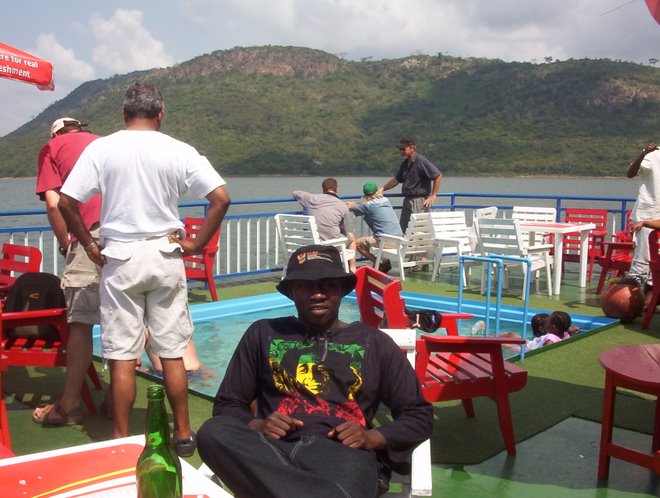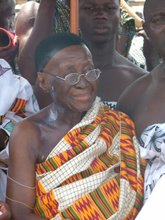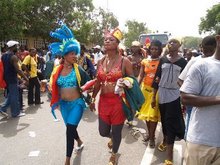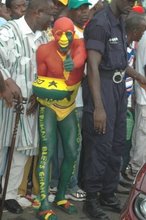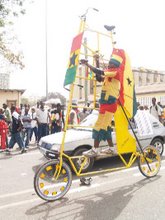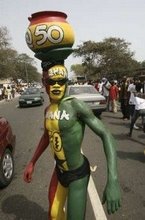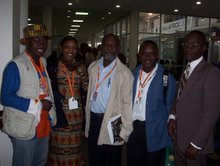Pollution increases cost of water treatment
The cost of treatment of portable water by the Ghana Water Company Limited (GWCL) has witnessed an increment over the years as a result of indiscriminate and incessant pollution of water bodies.
In the Ashanti region for instance a total of GH¢1,059,441 was spent on the procurement of chemicals for the treatment of raw water in year 2009 as against GH¢952,886 in year 2008.
According to officials of the GWCL in the region, a far less amount was spent on the treatment of the same quantity of raw water in year 2007 and previous years and that the amount has been increasing every year.
According to them, the colour value of the raw water at the Owabi and Barekese dams for instance have gone up over the years thus requiring the usage of more aluminum sulphate for treatment.
They said the spate of pollution of water bodies if not checked could lead to disastrous consequences in water treatment in future.
Speaking at a forum at the Kumasi Children’s Home as part of activities to mark this year’s World Water Day, Mr Charles Tulashie, Ashanti Regional Quality Assurance Manager of GWCL said the pollution levels of the raw water at the Owabi and Barekese dams have gone up drastically over the years.
He said just by mere observation of water samples collected over the years, one could easily detect the differences.
He expressed concern about the spate of the pollution, which he said was very prevalent in the Kumasi metropolis.
Mr Tulashie mentioned the Suame Magazine industrial hub, which he said was located in the Owabi basin and where the levels of pollution with engine oil, grease and acid (battery water) were on the increase as these waste were disposed off indiscriminately and finally end up at the dam.
He also expressed concern about the springing up of illegal buildings in the catchment of the Owabi and Barekese dams respectively where he said some landlords have connected their sewage systems directly into the water bodies feeding the dam.
He said unless these nefarious activities were checked, the cost of treatment of raw water would continuously rise.
The Quality Assurance Manager said the chemicals used in the treatment, aluminum sulphate, chlorine gas, calcium hypo chloride and hydrated lime were all imported commodities, hence the increase in cost of treatment if more of it had to be used for treatment.
He therefore called on the public to ensure low pollution as to reduce usage of more chemicals to treat water.
Dr Bukari Ali, a lecturer in water resources management at the Department of Geological Engineering at the Kwame Nkrumah University of Science and Technology (KNUST) called for an attitudinal change in the way the public handled water bodies.
He called for the need to institute proper waste disposal management systems in the country so as to ensure that water bodies were not continuously polluted with refuse.
“There should be a conscious effort to change the attitude of dumping of refuse into water bodies”, he said.
The Regional branch of the GWCL as part of the celebrations on World Water Day donated GH¢300 to support the upkeep of inmates at the Kumasi Children’s Home.
The theme for the celebration was, “Clean water for a healthy world”.





